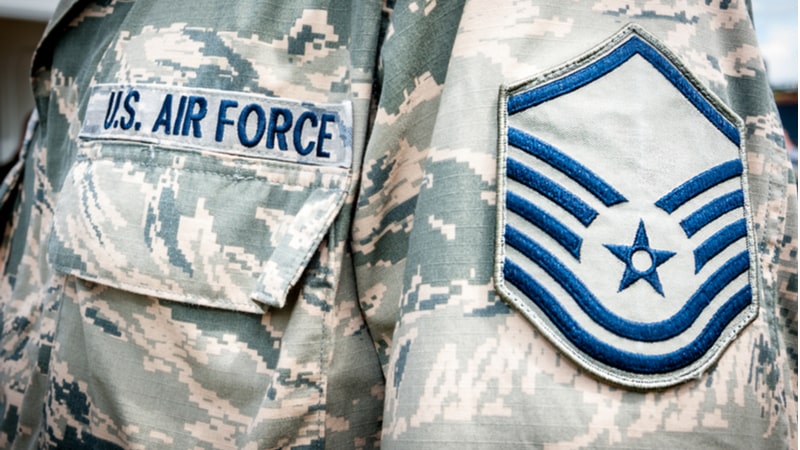
As the Department of the Air Force continues to make progress to reach its goal of “AI- readiness” by 2025, the service branch is also preparing for a new challenge – being “AI-competitive” by 2027.
Eileen Vidrine, the Air Force’s chief data and AI officer, explained today that being AI-ready for 2025 means having a trained workforce, enterprise IT, and all the foundational training, infrastructure, and readiness elements associated with the developing tech.
But to be AI-competitive for 2027, the Air Force wants technological superiority while providing its service members with a strategic advantage at the speed of need.
The Air Force has already begun crafting its 2027 AI roadmap, but there is a lot of work ahead, she said.
“The clock is ticking. We have already begun to do work laid out in our 2025 AI roadmap and are now in the middle of developing that 2027 roadmap,” Vidrine said today during the Data & Analytics Summit hosted by NextGov/FCW in Washington.
Vidrine explained the Air Force has already begun work under its 2025 plan, including developing a strong digital infrastructure.
The Air Force has several projects underway leveraging AI across a broad spectrum of use cases, including both predictive and preventative air maintenance, crew and aircraft scheduling, space imagery, data collection, and human-machine teaming.
The Air Force’s AI readiness goal, and subsequent 2027 plan, are rooted in broader efforts by the Department of Defense to improve foundational AI and data capabilities across the services. One notable application of these capabilities within the Air Force will be the Advanced Battle Management System, the department’s contribution to DoD’s Joint All Domain Command-and-Control initiative.
According to Vidrine, as the department becomes more data-centric, leveraging AI capabilities is critical to ensuring that service members have access to authoritative data in analytics at the speed of need.
However, one of the challenges the Air Force – and the DoD in general – has faced is recruiting and retaining a skilled workforce to accelerate the service branch’s AI goals.
“We’re in a fierce competition for talent, not just in the Department of the Air Force, but in the DoD at large. The challenge is how do we build a talent pipeline and upscale our current workforce from the strategic and tactical,” Vidrine said.
“We have made a targeted roadmap that began with a workforce assessment and includes working with partners in our ecosystem to build up our workforce,” she said, adding that the department has begun to train its current workforce in AI solutions to increase the number of people within their workforce that understand the solutions.
To upskill its workforce, the Air Force has also positioned change champions within the department who are tasked with anticipating and identifying workplace cultural challenges that could delay or prevent the force from meeting its 2025 and 2027 goals.
“We have leaders within our department who already understand their workplace culture. We have put those leaders in a position to shine and help tackle those cultural challenges that can arise when you try to implement something new,” Vidrine said.
Another key component to the Air Force reaching its 2025 and 2027 AI goals is leveraging partnerships with academia and industry.
“This is not something we can achieve on our own, we need to listen to our partners in academia and industry not just to learn about existing solutions that can accelerate our AI goal, but to become AI-competitive for 2027,” she said.
